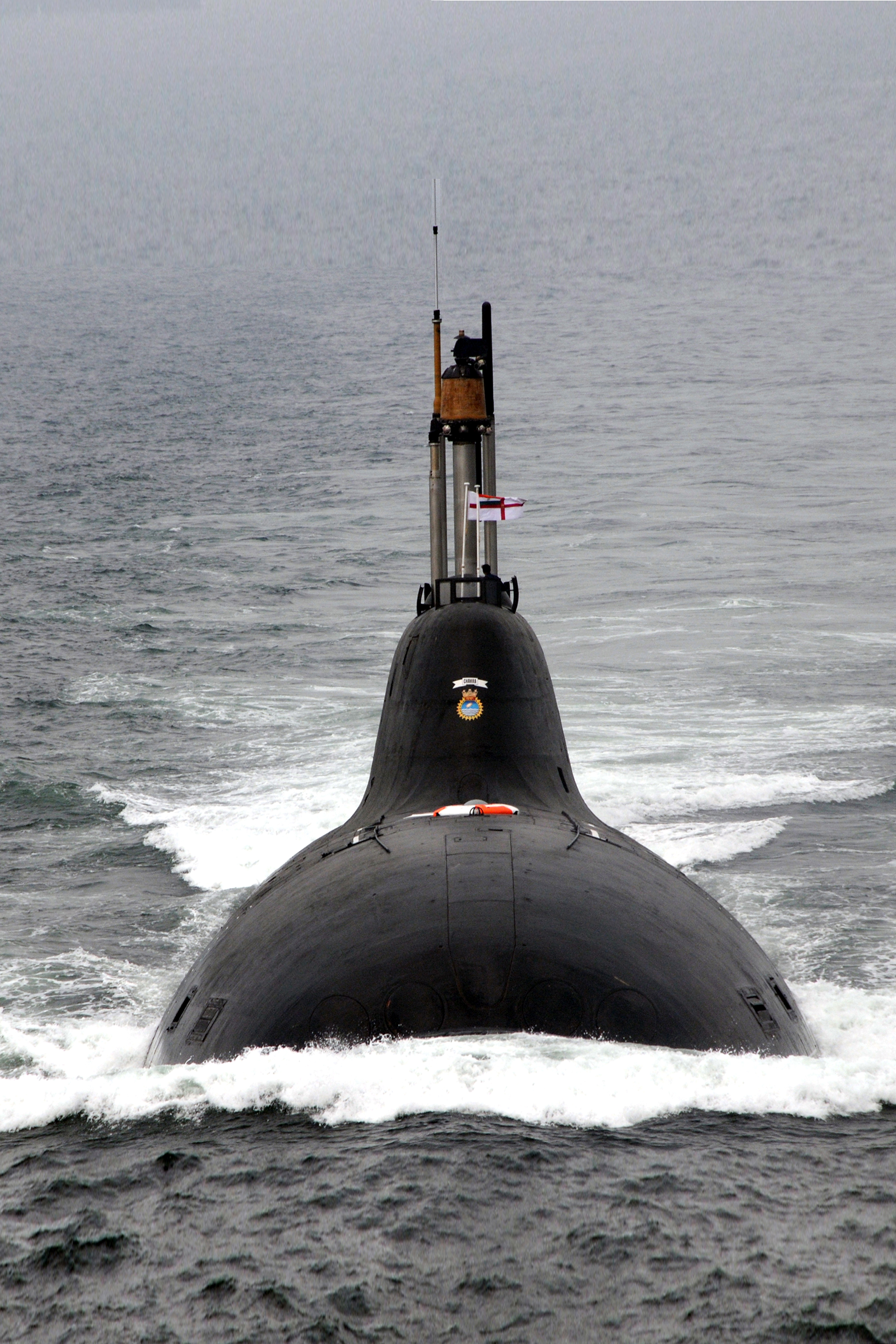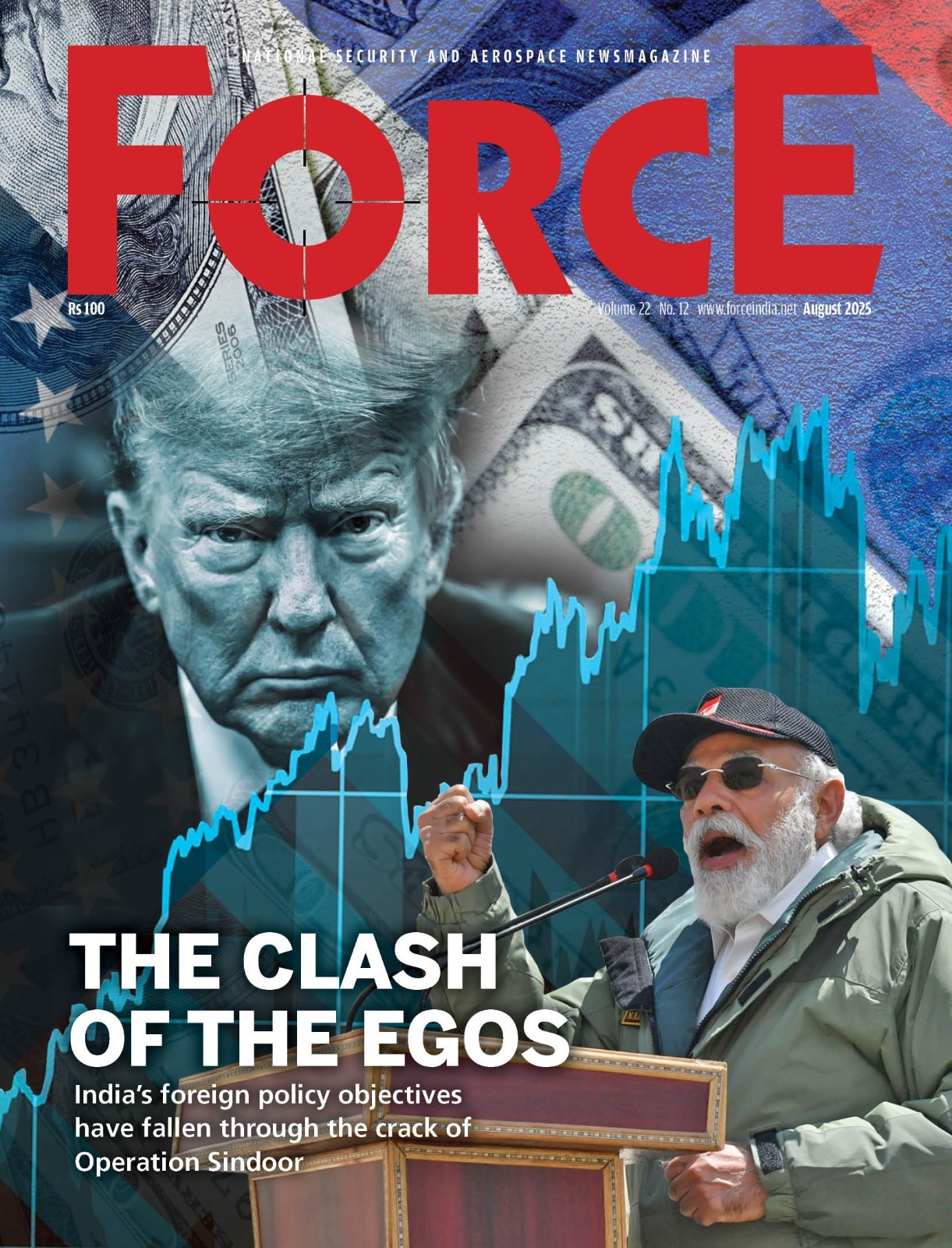Silent Strength
 RAdm. Sanjay Roye (retd)
RAdm. Sanjay Roye (retd)
The Indian Ocean is no longer a tranquil backyard. Once peripheral to global geopolitics, it now sits at the heart of 21st-century strategic contestation. This vast maritime expanse, stretching from the eastern shores of Africa to the Strait of Malacca, is becoming the fulcrum around which great power competition, trade flows, energy security, and maritime influence pivot.
For India, a peninsular
nation with over 11,000 km of coastline and oversight over some of the world’s
most critical sea lanes, this maritime space is its strategic sinew. Yet, this
advantage is only meaningful if complemented with the capability to dominate,
deter, and influence. In this context, the nuclear attack submarine—or SSN—is
not a mere naval asset. It is an instrument of national power, a force
multiplier, and a geopolitical statement.
As China’s People’s
Liberation Army Navy (PLAN) deepens its presence in the Indian Ocean through
submarines, survey vessels, and dual-use infrastructure, the need for India to
develop robust undersea dominance has become urgent. PLAN submarines have
operated in the Indian Ocean nearly every year since 2013, with increasingly
sophisticated support ships based out of ports such as Djibouti and, at times,
Colombo. The SSN is not just a counter to this assertiveness; it is a sovereign
capability that grants India sustained presence, freedom of manoeuvre, and
deterrent flexibility. For a rising power with a blue-water navy, strategic
autonomy beneath the waves is as essential as supremacy on the surface.
Unique Strength of SSNs
What elevates an SSN above any
other platform is not just its nuclear propulsion but the spectrum of missions
it can conduct—and for how long it can stay at sea. Powered by compact,
pressurised-water nuclear reactors, SSNs can remain submerged for months
without the need to surface or snorkel. This endurance translates into a
persistent presence in contested or forward areas—be it the South China Sea,
the Persian Gulf, or the Mozambique Channel—without risking detection or requiring
forward bases. Operational secrecy and untraceable mobility are at the heart of
an SSN’s strategic value.
Unlike diesel-electric
submarines, which are constrained by battery life and require frequent
resurfacing to recharge, an SSN is limited only by food stocks and crew
endurance. It travels faster, remains submerged longer, carries heavier
weapons, and operates across vastly broader theatres. In strategic terms, this
means it can threaten an adversary’s assets from unexpected directions, deliver
deep inland strikes via cruise missiles, intercept surface fleets, and conduct
clandestine intelligence missions—all the while denying the adversary any clear
opportunity to respond.
The SSN’s versatility
allows it to undertake a wide array of tasks including intelligence,
surveillance, and reconnaissance (ISR); anti-submarine warfare (ASW);
anti-surface warfare (ASuW); special operations deployment; and strategic
cruise missile strikes. Its presence shapes the behaviour of adversaries by
introducing persistent uncertainty—a strategic advantage that few platforms can
deliver. In geopolitical terms, an SSN’s utility extends well beyond tactical
battle scenarios. It is a psychological, political, and doctrinal tool, woven
into the tapestry of modern maritime power projection.
 Shaping the Spectrum of
Conflict
Shaping the Spectrum of
Conflict
Submarines, by their very
nature, operate across the full spectrum of military and political
activity—from steady-state deterrence to warfighting. The SSN exemplifies this
capacity. In peacetime, it provides critical maritime domain awareness, shadows
foreign vessels, and gathers intelligence. During heightened tensions, it can
be forward-deployed to signal resolve and readiness, thus deterring adversarial
moves without escalating to kinetic action. And in conflict, it becomes the
hunter-killer of the seas, capable of crippling navies and striking shore-based
targets with devastating precision.
The latent threat of an SSN lurking unseen is itself a form of coercion. It imposes a cost on enemy decision-making, deters adventurism, and reduces the adversary’s confidence in securing their sea lines of communication (SLOCs). This ability to influence outcomes without a shot being fired makes SSNs the quintessential tool of coercive diplomacy. The uncertainty they create is a strategic asset—what Thomas Schelling once called the ‘threat that leaves something to chance.’ By remaining silent and undetected, the SSN compels adversaries to allocate disproportionate resources to anti-submarine operations, thu
Subscribe To Force
Fuel Fearless Journalism with Your Yearly Subscription
SUBSCRIBE NOW
We don’t tell you how to do your job…
But we put the environment in which you do your job in perspective, so that when you step out you do so with the complete picture.








